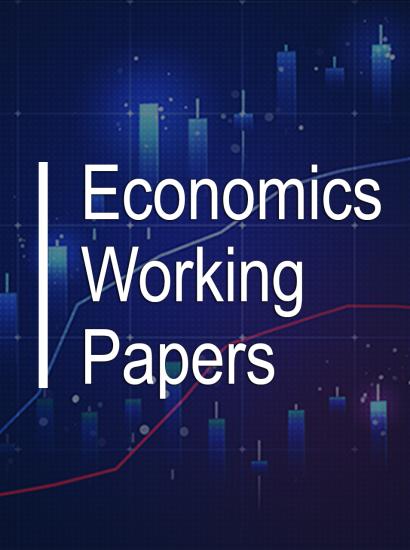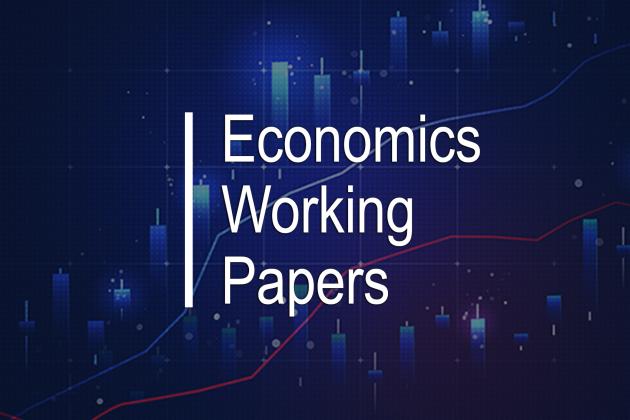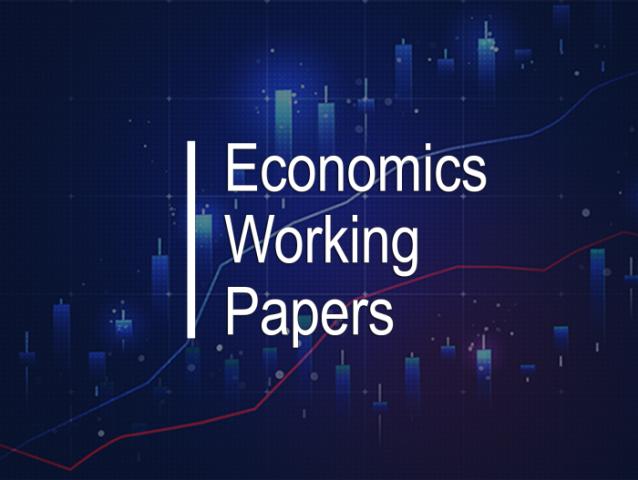Abstract: Many working-age Americans plan to continue some forms of social distancing after the COVID19 pandemic ends. We uncover this long social distancing phenomenon in our monthly Survey of Working Arrangements and Attitudes. It is stronger among older persons, the less educated, and those who live with or care for persons at high risk from infectious diseases. Regression models fit to individual-level data suggest that social distancing lowered labor force participation by 2.4 percentage points in 2022, 1.2 points on an earnings-weighted basis. These effects are highly concentrated among persons with long COVID experiences or daily interactions with at-risk persons. When combined with simple equilibrium models, our results imply that the participation drag reduced U.S. output by $205 billion in 2022, shrank the college wage premium by 2.1 percentage points, and modestly steepened the cross-sectional age-wage profile. The socialdistancing drag on participation diminished by an estimated 1.6 percentage points from February 2022 to April 2023. Drawing on self-assessed causal effects in a separate analysis, infection worries lowered participation by an estimated one percentage point as of late 2022.
Read the paper: Long Social Distancing

















